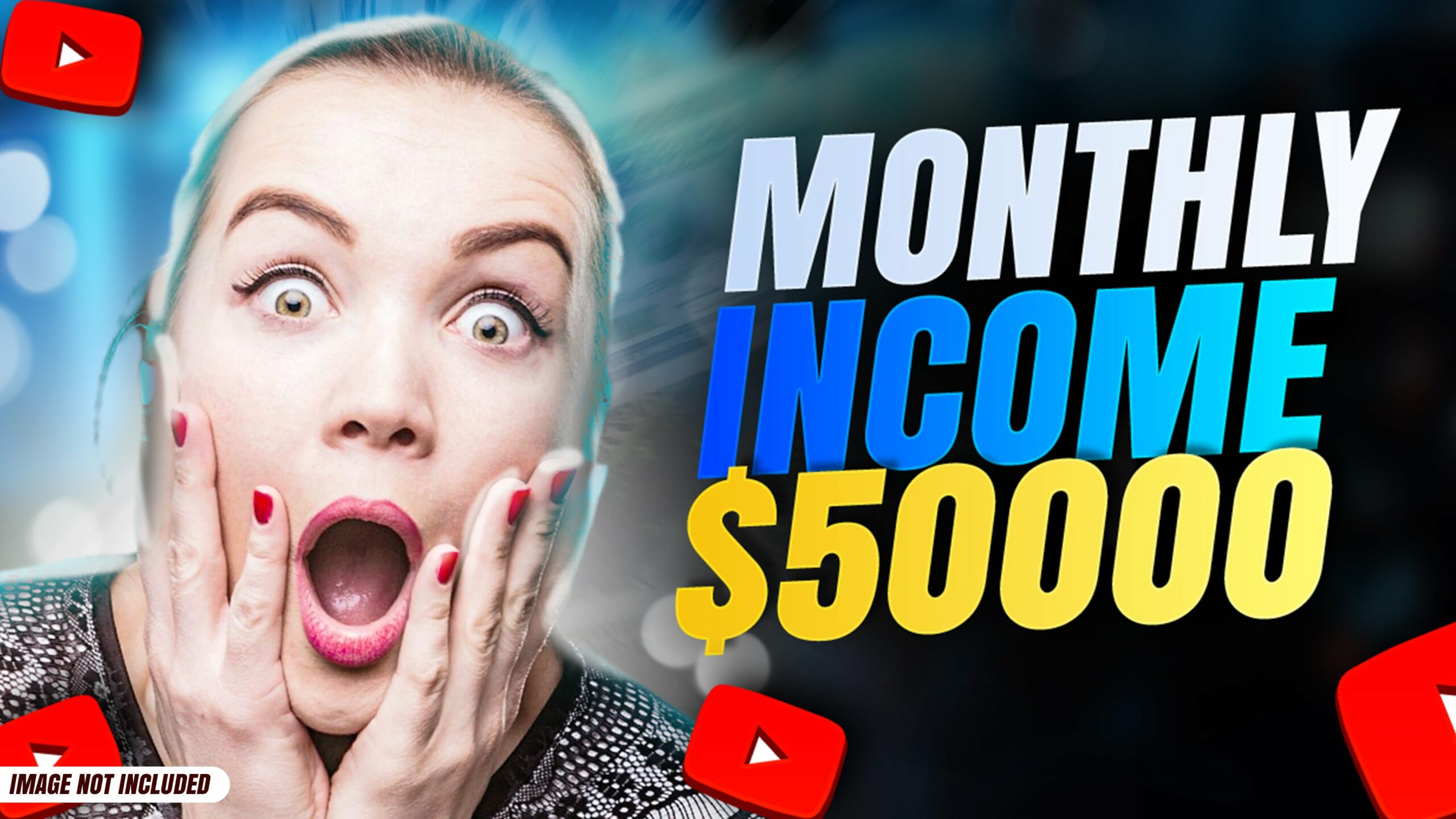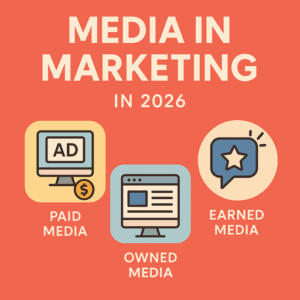The world of YouTube has captivated millions, with the dream of earning a living through creating and sharing videos. A common question, and often a source of misinformation, is: how much do YouTubers earn per view? The simple answer is: they don’t earn a fixed amount per view. While views are incredibly important, the relationship between views and earnings is complex and indirect.1 This article aims to clarify the realities of YouTube earnings and debunk the myth of a straightforward pay-per-view model.
The Myth of Direct Payment Per View: A Common Misconception
how much do youtubers get paid? The idea that YouTubers receive a specific payment for every single view their videos receive is a widespread but inaccurate belief. YouTube does not pay creators a set amount per view.2 Views are a crucial metric for measuring a video’s reach, popularity, and potential for monetization, but they are not the primary driver of income. A video with millions of views might generate very little revenue if it doesn’t meet certain monetization criteria or if viewer engagement is low.
How YouTubers Actually Make Money: A Breakdown of Revenue Streams
Instead of a per-view payment, YouTubers generate income through a variety of methods, often combining several of these approaches:3
-
Ad Revenue (Monetization through the YouTube Partner Program): This is the most common and often the most substantial source of income for many YouTubers.4 Creators join the YouTube Partner Program (YPP) after meeting specific eligibility requirements (1,000 subscribers and 4,000 valid watch hours in the past 12 months).5 Upon acceptance, they can enable monetization on their videos, allowing ads to be displayed.6 Revenue is generated from ad views and ad clicks, not just video views. The amount earned depends on a complex interplay of factors, including the type of ad, how long viewers watch the ad, audience demographics, and the overall ad market.7 This is the closest equivalent to earning “per view,” but it’s tied to ad views, not the video view itself.
-
Channel Memberships: Exclusive Perks for Dedicated Fans: Creators can offer channel memberships to their viewers for a recurring monthly fee.8 Members receive exclusive perks like badges, emojis, and access to members-only content.9 This provides a more stable and predictable income stream, as it comes directly from dedicated fans willing to pay for extra access and engagement.
-
Super Chat & Super Stickers: Real-Time Fan Support During Live Streams: During live streams, viewers can purchase Super Chat messages, which are highlighted in the chat, or Super Stickers, which are special animated emojis.10 This allows fans to financially support creators in real-time and get their messages noticed during the live event.11
-
Merchandise Shelf: Selling Branded Products Directly on YouTube: Eligible creators can showcase their official merchandise directly on their YouTube channel and video pages.12 This offers a convenient way for fans to purchase products related to the channel, creating another income stream for the creator and strengthening brand loyalty.13
-
YouTube Premium Revenue: Earning from Ad-Free Views: YouTube Premium subscribers pay a monthly fee for ad-free viewing and access to YouTube Originals content.14 Creators earn a portion of the revenue generated from Premium subscribers who watch their content, even if those viewers don’t see ads.15
-
Sponsorships and Brand Deals: Collaborations with Companies: Once a channel builds a sizable and engaged audience, creators often have opportunities to partner with brands to create sponsored content.16 This could involve integrating a product into a video, creating a dedicated sponsored video, or featuring a brand in a live stream. These deals are typically negotiated directly between the creator and the brand, and can be a significant source of income.
-
Affiliate Marketing: Earning Commissions on Sales: Creators can also participate in affiliate marketing by including affiliate links in their video descriptions.17 When viewers click on these links and make a purchase on the linked website, the creator earns a commission.
The Importance of Views, Watch Time, and Engagement: Indirect Influence on Earnings
While views themselves don’t directly translate to cash, they are a vital indicator of a video’s reach, popularity, and potential for monetization.18 High view counts often correlate with increased watch time and engagement, which do influence earnings.19 Watch time, in particular, is a key metric in YouTube’s algorithm and is directly linked to ad revenue potential.20 Longer watch times mean a higher likelihood of viewers seeing ads, and therefore, more potential revenue for the creator. Furthermore, high view counts and engagement make a channel more attractive to potential sponsors and brands.
Understanding Ad Revenue: A Complex and Variable System
Ad revenue, although a common income source for YouTubers, is not a simple or predictable calculation. Several factors contribute to how much a creator earns from ads:
-
CPM (Cost Per Mille): CPM is the amount advertisers pay for 1,000 ad impressions.21 This amount fluctuates significantly based on niche, audience demographics, time of year, ad format, and overall ad market conditions.22
-
VTR (View Through Rate): VTR measures how much of an ad viewers actually watch.23 Advertisers typically pay only for ads viewed for a specified minimum percentage of their duration.
-
Ad Engagement (Clicks, etc.): Clicks and other forms of engagement with ads also contribute to a creator’s revenue.24
-
Ad Placement and Formats: The type and placement of ads on a video (e.g., skippable in-stream ads, non-skippable ads, banner ads) can significantly impact revenue.25
-
Audience Demographics: Advertisers are often willing to pay more to reach specific demographics, which directly influences a creator’s CPM.
Building a Successful YouTube Channel: A Holistic and Long-Term Strategy
Achieving a substantial and consistent income on YouTube requires more than just accumulating views. It demands time, hard work, dedication, and a strategic approach. Key elements include:
-
Content Quality is Paramount: Focus on creating engaging, informative, and entertaining content that resonates with your target audience.
-
Consistency is Key: Regular video uploads keep your audience engaged and provide consistent opportunities for ad revenue.26
-
Audience Engagement is Essential: Interact with your viewers through comments, Q&As, and community posts to cultivate a loyal following.27
-
Promotion is Vital: Share your videos on other social media platforms and collaborate with other creators to expand your reach.28
-
Understanding Analytics is Crucial: Utilize YouTube Analytics to analyze audience behavior, identify what content performs best, and refine your content strategy.29
In Conclusion: The Real Story Behind YouTube Earnings
The idea of direct payment per view on YouTube is a myth. While views are a measure of a video’s reach and potential, YouTubers earn through a complex and multifaceted system involving ad revenue, memberships, fan support, merchandise sales, sponsorships, affiliate marketing, and other avenues.30 Building a successful and financially sustainable YouTube channel necessitates more than simply chasing views; it requires high-quality content, audience engagement, a diversified approach to income streams, and a deep understanding of YouTube’s monetization mechanisms.31 It’s a business, and like any business, success takes planning, effort, and adaptability.









